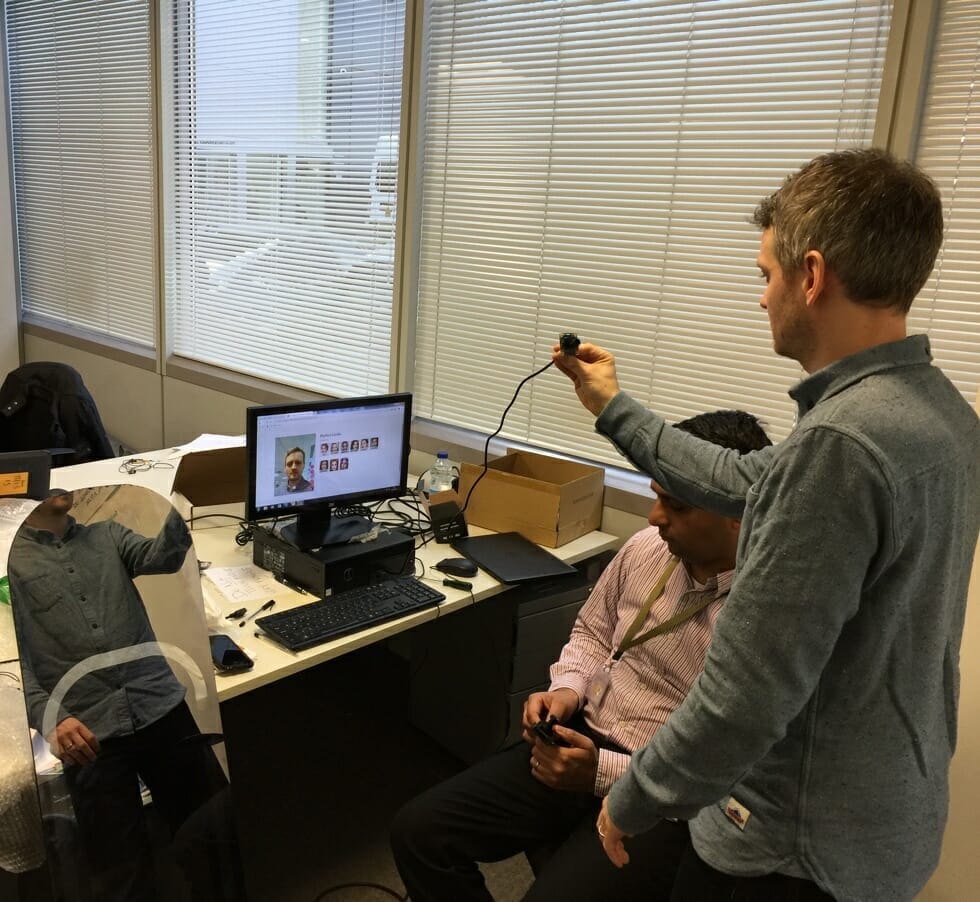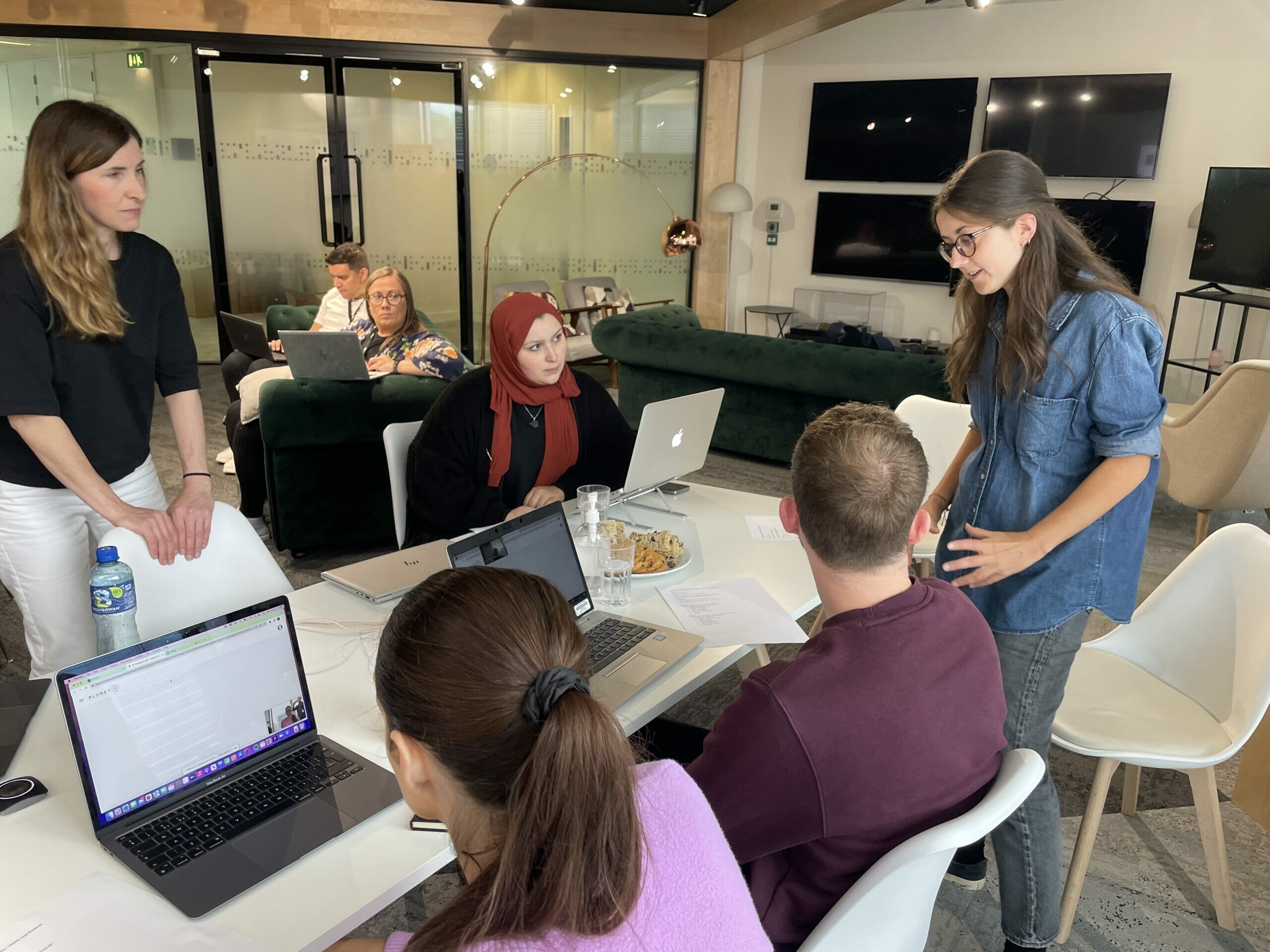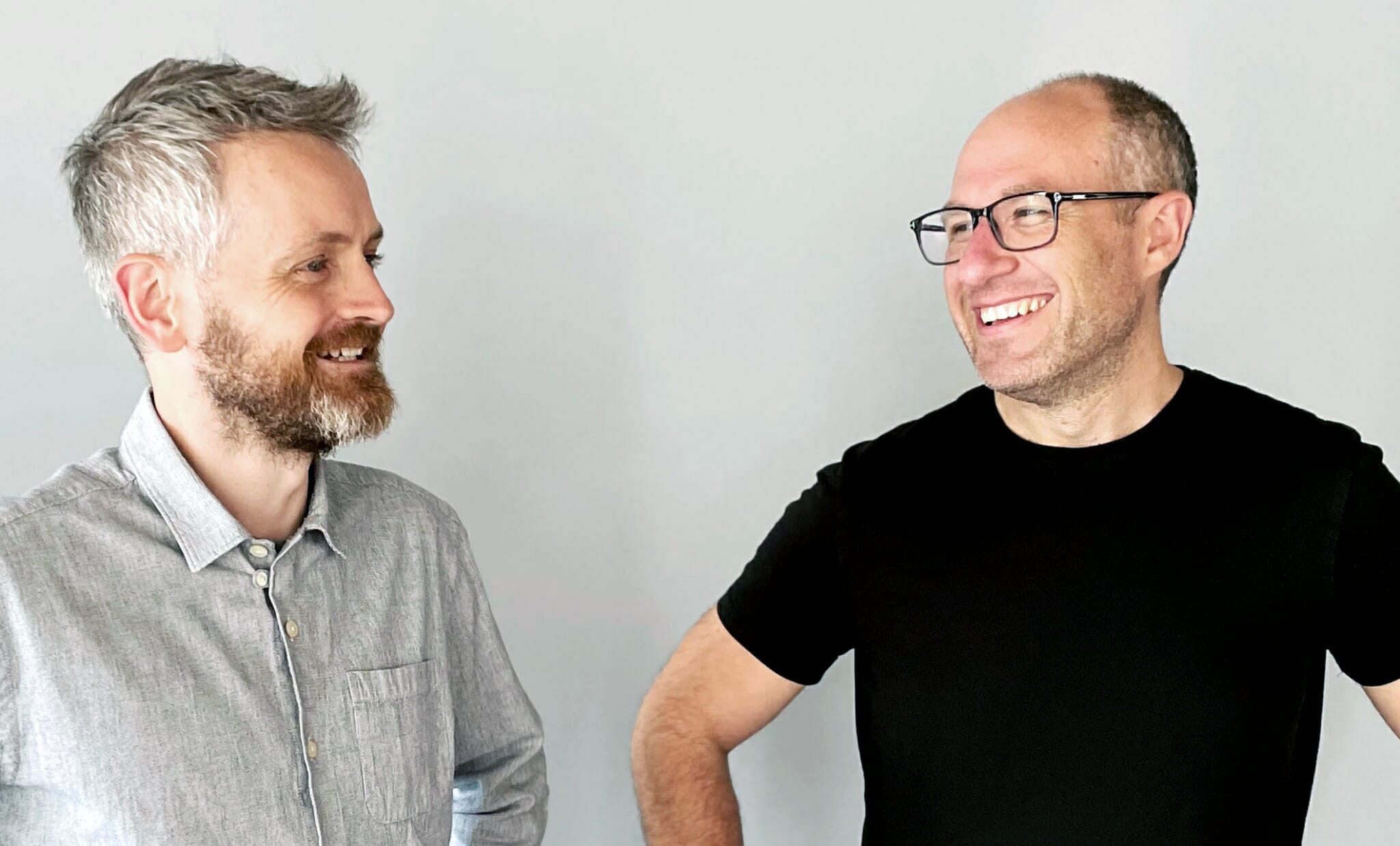Successful experimentation is more than just running A/B tests. It’s a structured process that begins with insight and ends with confident decisions. We guide teams through each of the following key steps:
Start with data
Every experiment should begin with a clear understanding of the problem. We review existing analytics and user research to identify patterns, friction points or underperforming areas, or conduct our own research to gather new qualitative or quantitative insights. For example, data might show that users aren’t clicking a feature, abandoning a form, or struggling with a navigation flow.
Formulate a hypothesis
We define a hypothesis using a clear format:
“We believe that if we do X, Y will happen. We’ll know this is true if we see an increase in Z.”
This gives the experiment purpose and provides a clear way to assess success. For instance:
“We believe that if we simplify the onboarding flow for new course participants, more users will complete the setup process. We’ll know this is true if the onboarding completion rate increases.”“We believe that if we move the CTA to the top of the landing page, more users will click it. We’ll know this is true if the click-through rate increases.”
Define success metrics
Once the hypothesis is clear, we identify what to measure. This might include click rates, sign-ups, usage of a specific feature, or time to task completion. Metrics should directly reflect user behaviour and be relevant to business goals.
Design and run the experiment
Depending on the situation, we might use A/B testing, multivariate testing, or split user flows. Participants are exposed to different design variations, and we collect quantitative data to see which version performs best. Sometimes we also use moderated usability testing to understand the why behind observed behaviours.
Analyse the results
We examine the data to determine whether the change had a statistically significant impact. If the hypothesis is confirmed, we recommend implementation. If not, we review the findings, adjust the hypothesis, and continue testing. Even “failed” tests provide useful insight and direction to further shape strategy going forward.
Implement and iterate
Validated changes are rolled out more broadly, but experimentation doesn’t stop there. With new data in hand, we return to the beginning of the cycle, identifying fresh opportunities for improvement and running new experiments to keep growing the product.





